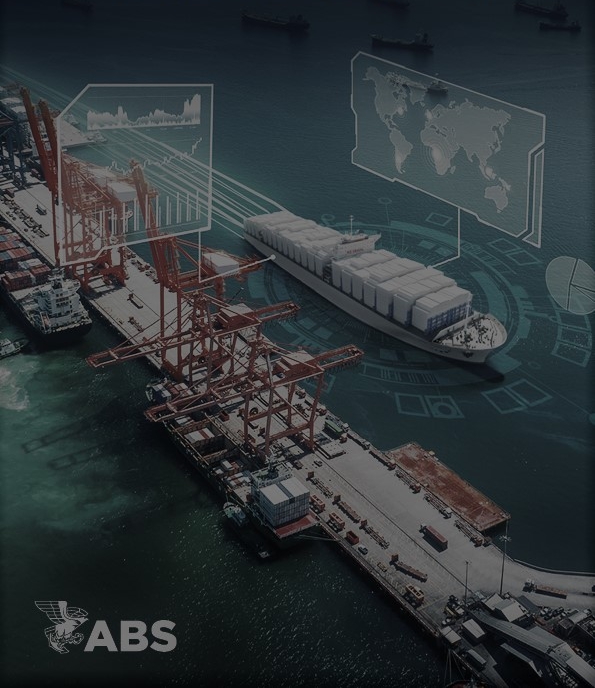(Stavanger) ABS’ Chief Data Scientist outlined the benefits of the ABS pioneering Condition-based Class model for delegates at the Offshore Northern Seas Conference.
“With the development of advanced methods to understand the condition of equipment using multiple types of data, a condition-based class model is emerging whereby asset surveys are more targeted and efficient, less intrusive, and improve the overall experience for operators while ensuring high safety standards for classed assets,” said Subrat Nanda, ABS’ Chief Data Scientist. “Moving to Condition-based Class enables customized survey planning, tailored to a specific asset, resulting in increased efficiency in the classification process while maintaining overall risk and safety metrics.”
The Condition-based Class model takes advantage of sensor data, generated to monitor structural and equipment status, allowing ABS specialists to evaluate a variety of indicators of asset performance or lifespan, and modify class surveys accordingly. These data support condition-based maintenance strategies, in which interventions are performed when needed rather than on predetermined calendar intervals.
“Maintenance Strategy evolution has followed the path from corrective maintenance to preventive maintenance to condition-based maintenance,” said Nanda. “Condition-based Class builds on all the data used for condition-based maintenance to focus surveys on the conditions and structures meriting the most attention.”
The ABS approach is informed by its landmark pilot programs with the U.S. Navy’s Military Sealift Command to deliver the classification industry’s first bow-to-stern Condition-based Class program. The ABS digital team is leveraging a robust cloud-based data platform, data analytics, artificial intelligence, and machine learning to unlock vessel performance insights and more accurately predict system vulnerabilities and risks.


































